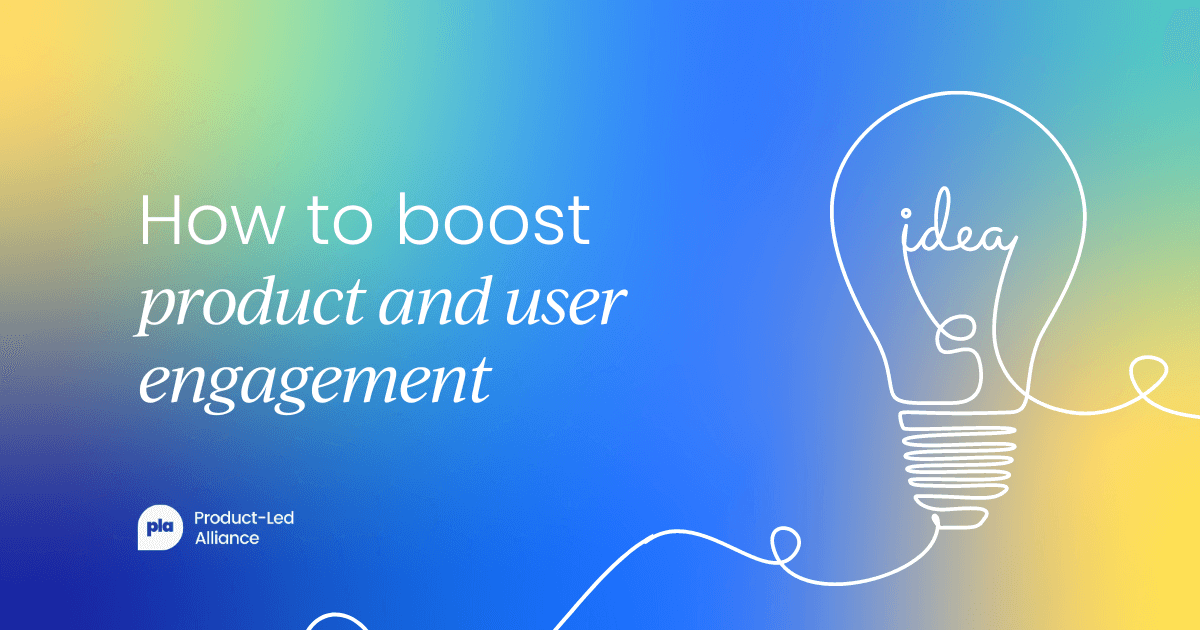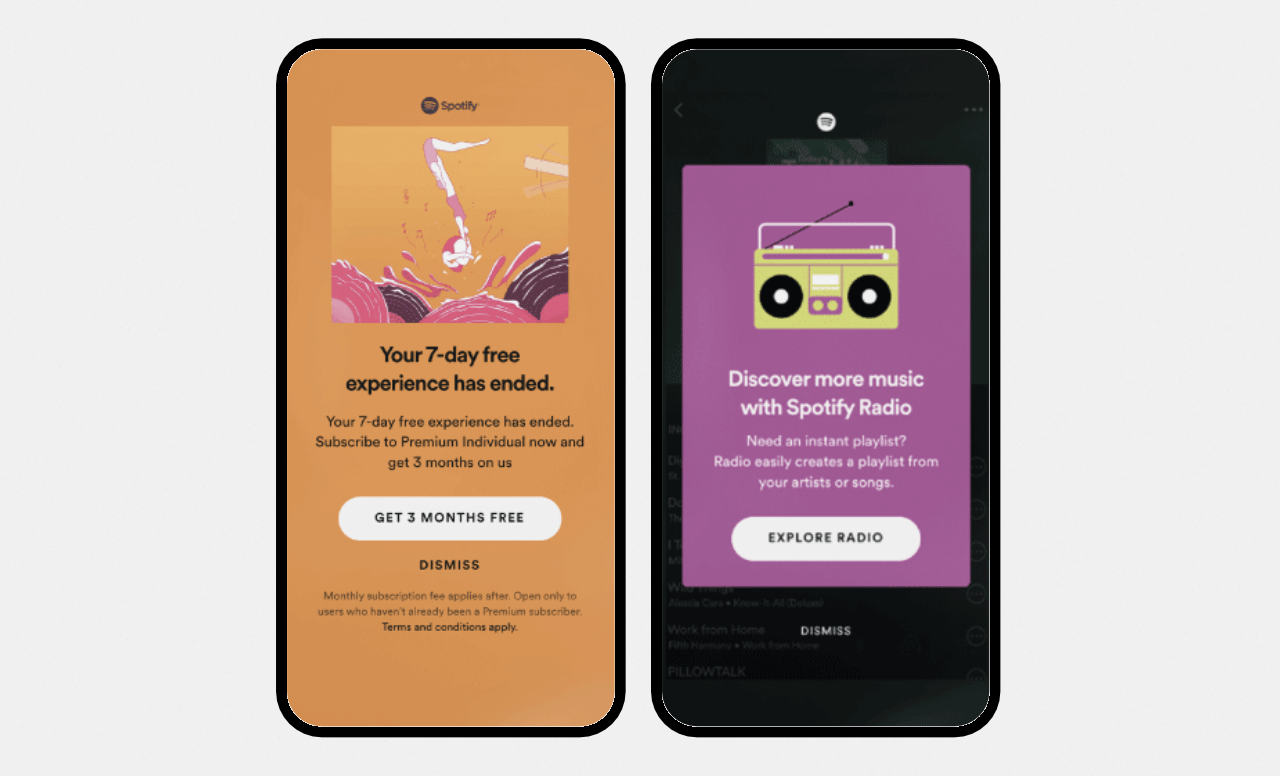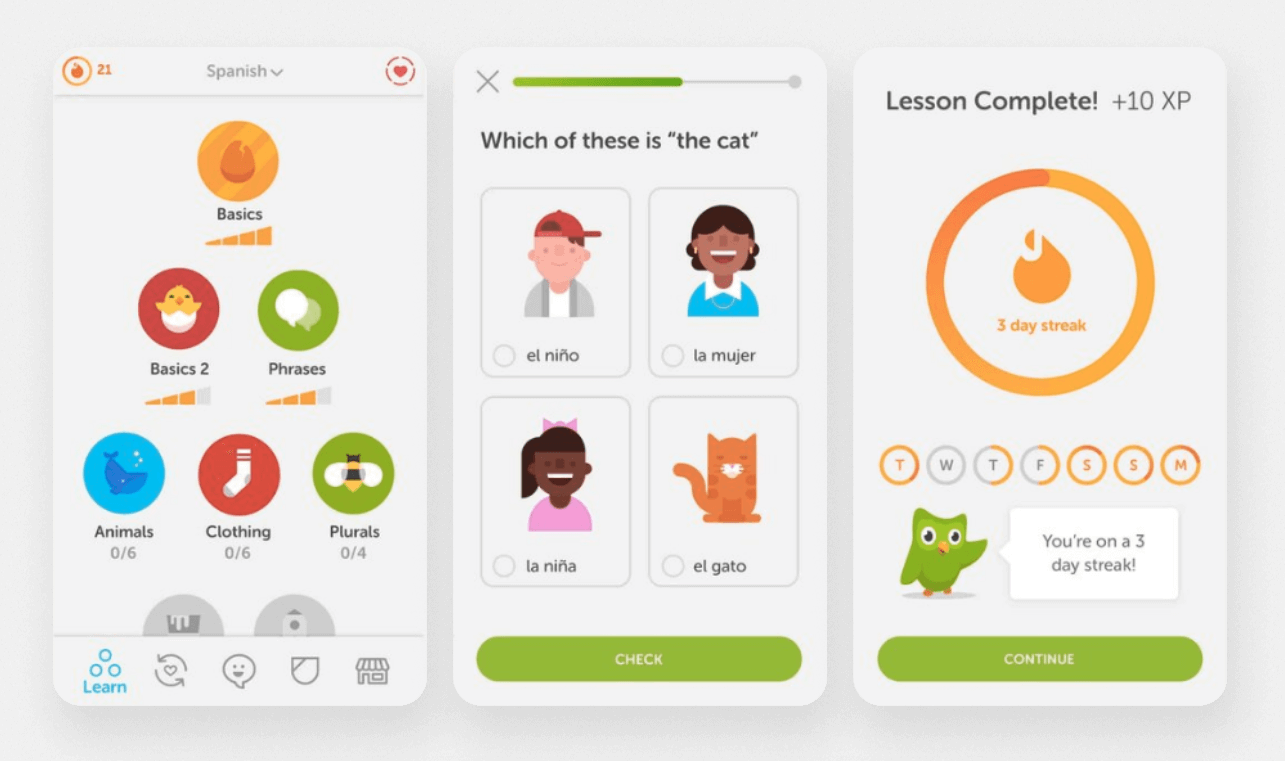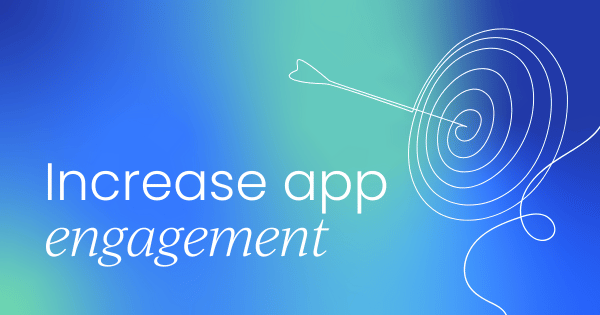What is app engagement, and why does it matter?
With over 5.5 million apps available across the Google Play Store and Apple App Store, users are spoiled for choice – and quick to hit uninstall.
In fact, 94% of users abandon an app within 30 days of downloading it.
The bar for digital experiences keeps getting higher. People expect apps to be fast, easy to use, and instantly valuable. If an app is confusing, slow, or doesn’t meet their needs right away, it’s gone.
That’s where app engagement comes in.
App engagement refers to any interaction a user has with a mobile app – browsing content, making a purchase, chatting in-app, and so on. The more actions a user takes, the higher the app’s engagement level.
It’s a key metric for app success because it shows how valuable users find the experience. And it directly impacts retention.
One study found that 90% of users who engage with an app at least once a week are likely to keep it. That means better engagement leads to better retention, stronger loyalty, and higher customer lifetime value.
Bottom line: if you want users to stick around, you need to give them a reason to come back.
Why boosting app engagement is worth it
Building an app isn’t cheap. Whether it costs $5,000 or $50,000, you’re not doing it just to watch it collect dust in the app store.
For your app to deliver real value (whether that’s revenue, community, or brand growth), people need to use it regularly.
Here’s what you gain by increasing app engagement:
Better user retention
Engaged users are more likely to stick around. That matters, especially since it’s five to 25 times cheaper to keep an existing user than to acquire a new one.
More revenue opportunities
The more users interact with your app, the more chances you have to monetize through purchases, ads, subscriptions, or other in-app actions that increase lifetime value.
Smarter decisions
Engaged users generate valuable data. Every tap and swipe gives insight into what’s working and what’s not. That means better personalization, better product updates, and more effective marketing.

Higher ROI
Apps with active users deliver some of the best returns of any digital channel. But it only works when people are actually engaging.
Faster product improvements
A steady stream of active users makes it easier to test features, collect feedback, and build based on real behavior – not guesswork.
Organic growth
Happy users share. When your app delivers value, users are more likely to leave reviews, recommend it to others, and contribute to your app’s ranking and visibility.
A competitive edge
High engagement gives you direct access to your audience in a space they trust. That lets you create more personalized, standout experiences that build loyalty and set you apart.

5 strategies to drive app engagement and retention
With new apps entering the market daily, and users increasingly sensitive to imperfections in the user experience (UX) — keeping people engaged is no easy feat.
Fortunately, the following five strategies for mobile app engagement are proven to help sustain app interest, create a sticky UX, and drive engagement consistently.
1. Simplify your onboarding flow
First impressions matter – and when it comes to apps, onboarding is your moment to shine. If new users don’t understand how to use your app or can’t see its value quickly, they’re probably not coming back.
A smooth onboarding experience helps users feel confident and in control from the start. That means keeping things simple, clear, and easy to follow.
Here’s how to streamline it:
- Cut down the number of steps to sign up or create an account
- Use clear navigation and show users where they are in the process
- Introduce features gradually instead of dumping everything at once
- Keep screens clean by trimming unnecessary text and visual noise
You don’t have to explain everything upfront. Instead, use smart, subtle support (like tooltips, or even an in-app chatbot) to guide users when they need help without slowing them down.
The goal is to get users to that “aha” moment as fast as possible, so they understand why your app is worth sticking with.
2. Use push notifications wisely
Push notifications can be a powerful way to bring users back – especially when they haven’t opened your app in a while. Since they show up right on the lock screen, they’re hard to miss and easy to act on.
Used right, push notifications can lower app abandonment by up to 6%. That’s a solid boost for such a simple tool.
They work well for all kinds of use cases:
- Transactional updates – Let users know when an order ships or a service is on the way.
- Mentions and messages – Nudge users when they get a DM or reply.
- Promos and offers – Share limited-time deals or free trials.
- New content or features – Recommend something fresh they might’ve missed.
- Cart reminders – Encourage users to complete a purchase they left behind.
The key is to keep messages relevant and timely. When notifications are helpful (not spammy), they become a valuable part of the user experience instead of an annoyance.

3. Encourage feature use
Most users don’t dig deep into your app on their own, especially early on. That’s why you’ve got to point them toward the features that matter most.
You can start by showcasing your top features in the app store description, welcome screen, or during onboarding. But ongoing guidance is just as important.
In-app notifications are a great way to introduce features in the right context. For example, Spotify uses in-app prompts to highlight tools like Spotify Radio while users are browsing music, encouraging exploration without interrupting the experience.
Push notifications can help too, nudging users to try out something new or revisit features they might’ve missed.
When people see the full value your app offers, they’re more likely to stick around – and get more out of it.

4. Personalize the app experience
People are far more likely to stick with an app that feels like it truly *gets* them. Personalization helps make that happen.
When users receive tailored content, recommendations, or messages, they’re more engaged – both short- and long-term.
In fact, personalized push notifications can boost reaction rates by up to 400% compared to generic ones. And personalized content has been shown to improve retention by 13%.
It’s simple: when users see more of what they care about (and less of what they don’t), they’re more likely to keep coming back. Whether it’s product suggestions, content curation, or personalized onboarding, these moments create a sense of relevance and belonging.
For example, if someone buys a jacket in your eCommerce app, you might follow up with a push notification recommending matching accessories. It’s thoughtful, timely, and likely to lead to another visit – or another purchase.

5. Gamify your app
People love a little challenge, and they love winning even more.
That’s why adding gamified elements to your app can be such an effective way to boost engagement.
Whether it’s earning badges, tracking progress, or climbing a leaderboard, gamification taps into users’ natural drive to achieve and compete. It gives them something to work toward and a reason to keep coming back.
Take Duolingo, for example. The app uses streaks, points, and fun rewards to keep users motivated as they learn new languages. It turns the experience into a habit and makes it feel less like work.

Even light gamification can go a long way toward making your app more interactive, fun, and shareable. It’s a smart way to turn occasional users into regulars.
App engagement starts with putting users first
At the end of the day, boosting app engagement comes down to one thing: creating an experience that users actually want to come back to.
That means more of what they like, less of what they don’t, and a smooth, intuitive journey every step of the way.
A good first move? Start tracking how users interact with your app.
Product analytics can highlight which features are working, where users are dropping off, and what’s driving engagement. With those insights, you can fine-tune your onboarding, fix UX issues, and make smarter decisions about where to invest your time and energy.
In the end, engagement isn’t about gimmicks – it’s about delivering real value, at the right moment, to the right people.
Looking for more ways to boost engagement?
We’ve covered just a few of the most effective tactics – but nine more proven strategies are waiting in the full ebook. Download the guide to get the complete list and start turning casual users into loyal ones. 👇



 Follow us on LinkedIn
Follow us on LinkedIn






